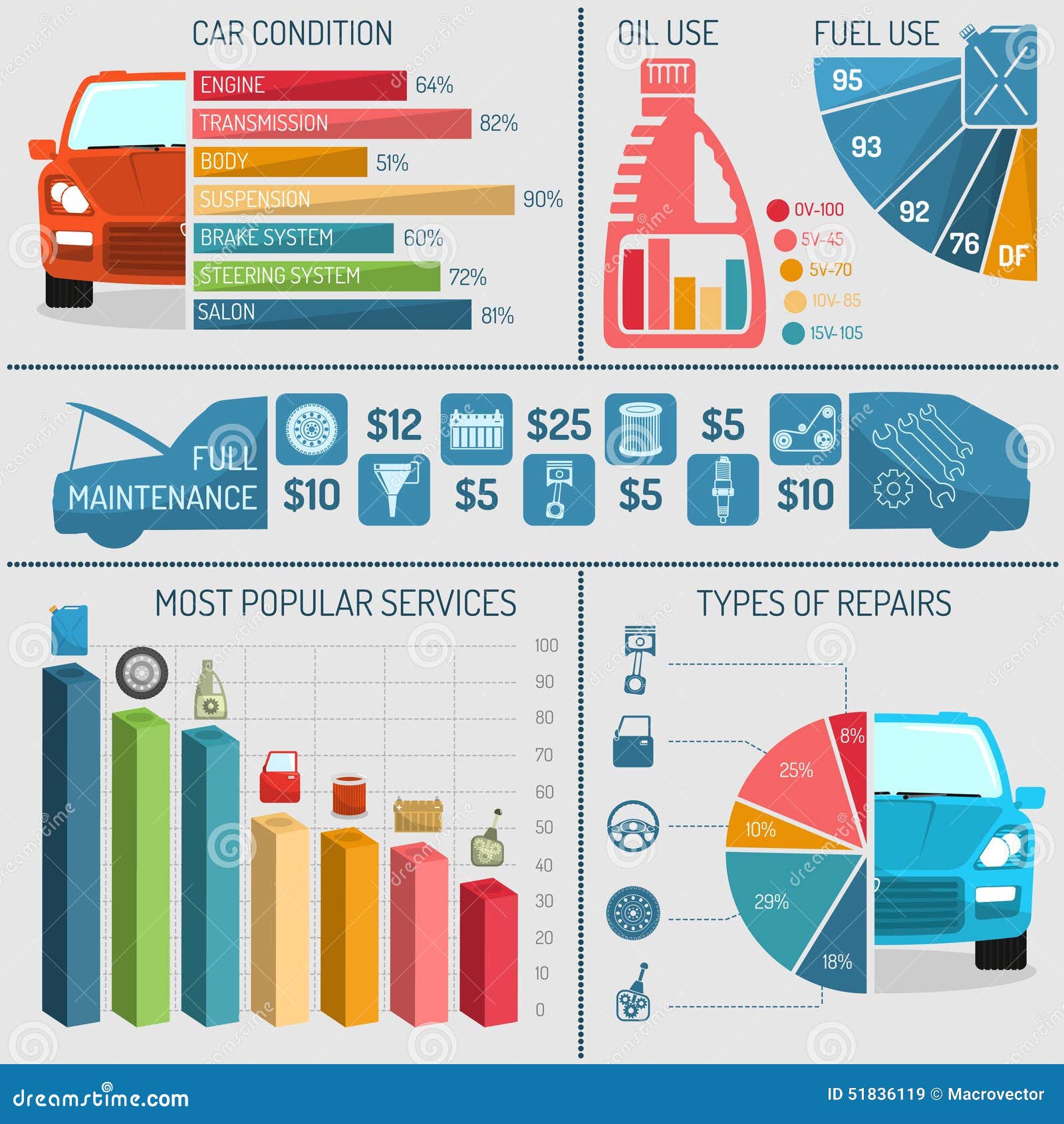When you're behind the wheel, those beautiful caution lights on your control panel can be a little bit bewildering. Do you understand what they're attempting to tell you about your automobile's health? Comprehending the significance of these lights is essential for your safety and security and the long life of your vehicle. So, the next time one of those lights appears, would not you intend to understand its message accurately and take the required steps to address it?
Common Caution Lights and Interpretations
Determine common caution lights in your auto and recognize their significances to ensure risk-free driving.
One of the most typical warning lights include the check engine light, which signifies problems with the engine or exhausts system. If this light begins, it's essential to have your car examined promptly.
The oil pressure advising light indicates low oil stress, requiring immediate attention to prevent engine damage.
A flashing battery light might suggest a damaged charging system, possibly leaving you stranded if not attended to.
The tire stress monitoring system (TPMS) light alerts you to reduced tire pressure, affecting vehicle stability and fuel efficiency. Disregarding this could cause risky driving problems.
car buffing suggests an issue with the anti-lock stopping system, compromising your capability to quit swiftly in emergency situations.
Lastly, the coolant temperature warning light warns of engine overheating, which can lead to severe damages otherwise dealt with swiftly.
Comprehending these usual caution lights will certainly aid you address issues quickly and maintain secure driving conditions.
Relevance of Prompt Focus
Recognizing the common caution lights in your automobile is just the very first step; the value of immediately resolving these cautions can't be emphasized sufficient to guarantee your safety when driving.
When https://freeecutuningsoftware40517.thelateblog.com/32652821/surprisingly-hassle-free-mobile-car-describing-solutions-not-just-save-you-time-and-money-but-likewise-improve-your-car-s-longevity-discover-how-they-can-transform-your-routine illuminates on your dashboard, it's your automobile's way of connecting a potential issue that needs attention. Neglecting these cautions can result in much more serious issues later on, jeopardizing your safety and security and possibly costing you more in repairs.
Motivate focus to cautioning lights can avoid failures and accidents. For instance, a flashing check engine light might indicate a misfire that, if left unattended, can trigger damage to the catalytic converter. Addressing this promptly can save you from a pricey repair service.
Similarly, a brake system advising light could signify low brake liquid or worn brake pads, essential components for your safety and security when driving.
Do It Yourself Troubleshooting Tips
If you notice a warning light on your control panel, there are a couple of DIY troubleshooting ideas you can try before seeking specialist aid.
The first step is to consult your auto's guidebook to recognize what the certain warning light indicates. Occasionally the issue can be as basic as a loose gas cap causing the check engine light. Tightening the gas cap may solve the trouble.
Another typical concern is a low battery, which can set off different warning lights. Checking the battery links for deterioration and guaranteeing they're safe and secure might repair the problem.
If a warning light persists, you can try resetting it by disconnecting the vehicle's battery for a couple of mins and then reconnecting it. Additionally, inspecting your lorry's fluid degrees, such as oil, coolant, and brake liquid, can assist troubleshoot cautioning lights related to these systems.
Final thought
To conclude, recognizing your cars and truck's caution lights is important for keeping your vehicle running efficiently and safely. By without delay resolving these alerts and recognizing what they imply, you can avoid expensive repairs and potential failures.
Bear in mind to consult your cars and truck's handbook for particular details on each warning light and act as necessary to ensure a hassle-free driving experience.
Keep notified, stay safe on the road!
